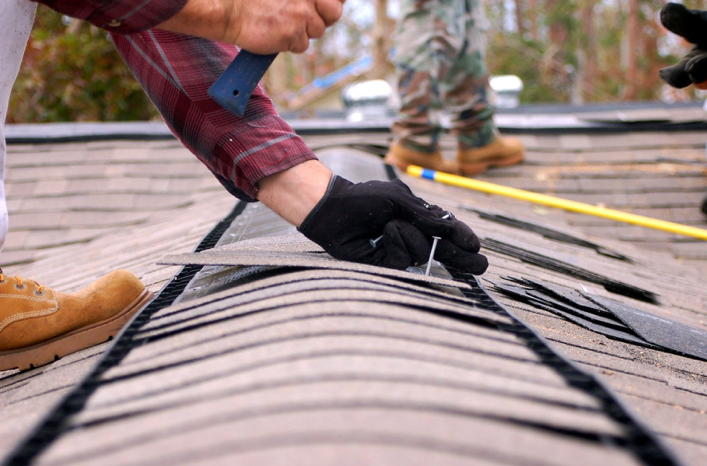Question: how often do you really think about your chimney? It’s okay if your answer is, “Not very often, honestly.” After all, the bulk of the structure lies outside of your home, it’s pretty easy to forget about.
Another question: how often do you really think about your roof? While roofs tend to get a little more consideration from homeowners than chimneys, they’re typically pretty far from our minds, as well. Perhaps that’s a bit fitting, as both roof issues and chimney issues can be the source of annoying infestations and serious structural damage!

It would be short-sighted to simply say that chimney damage causes roof problems or that roof damages causes chimney problems. In reality, the two situations typically go hand-in-hand. For example:
Loose or damaged flashing can enfeeble the chimney.
Chimney flashing refers to the double-layered pieces of sheet metal that attach the chimney to the rest of the roof. Because most prefab chimneys essentially jut out of a hole in the roof, flashing is essential for keeping water (and debris and pests) from “slipping through the cracks.” For this reason, when the flashing is broken or missing completely, the chimney becomes vulnerable to the elements.
The good news is that damaged flashing is relatively easy to spot. Look for visible rust on the metal panels, deteriorating caulk, and lifted seams. Water spots on the attic ceiling are also a common symptom of leaky flashing.
It’s worth mentioning that, in a pinch, roofing cement or tar can be used to patch and stabilize holes in chimney flashing. This technique should only be considered a temporary solution, though; the tar or cement will eventually dry up and crack all over again. It’s not, by any means, a substitute for a professional repair job!
Animals that nest in your chimney can damage your roof.
Chimney caps are absolutely critical for preventing wild animals—including birds, rodents, and larger mammals—from building nests inside your chimney. In addition to blocking debris and rainwater from entering the chimney flue and potentially harming the liner or other internal mechanisms, a cap will serve as a physical barrier for any animal that would take advantage of the shade (and shelter from predators) that a chimney can provide.
Now, it’s bad enough when you have animals living in your chimney. But the problem gets even worse when the animals in question decide to “expand” their territory and move into your attic or crawlspace. Pests have a real knack for locating tiny holes in the roofs or exterior sliding of man-made structures, and if they can’t find an entry point, then making one with their teeth and claws isn’t terribly difficult.
When dealing with a pest infestation, one of the most important steps is to try to figure out how the animals are getting into your home. That way, you’ll be able to resolve the situation and prevent future infestations. If you discover that the squirrels you keep hearing are somewhere inside of your chimney, take a moment to examine your chimney flashing and your roof for varmint-made vandalism.
The same storms that cause roof damage can cause chimney damage.
Spring and summer storms can be pretty brutal on a house’s exterior. Between the harsh rain, sizeable hail, and gale-force winds, it’s not uncommon for even brief storms to leave homeowners with knocked-down fences, pulverized gardens, and—of course—roof damage. And while chimneys tend to be a little stronger than roofing shingles (or even aluminum gutters), they’re not invincible.
If you find yourself inspecting your roof after a bad storm, don’t forget to look at the chimney, too. Typical red flags include eroded masonry, missing or crumpled bricks, and dislodged caps and chase covers. If the damage is bad enough that you can see it, then it’s time to call a chimney repair service.
(Nota bene: during summer storm season, you may find your block besieged by repair company representatives going door-to-door and offering free or reduced-price roof inspections. Please be wary of these sales pitches, and always research a company before letting one of their reps look at your home. While a lot of these companies are reputable, many others are not.)
Want to keep your chimney and your roof in great shape? It may be helpful to remember that the two are very closely related. While chimney technicians aren’t always experts on roof repair and roofers may not be qualified to fix chimney issues, when one structure gets damaged, the other suffers an increased risk of problems. So keep an eye on both, especially during summertime. At the first sign of trouble, call an expert to make things right!
Photo courtesy of Jonathan M on Flickr






